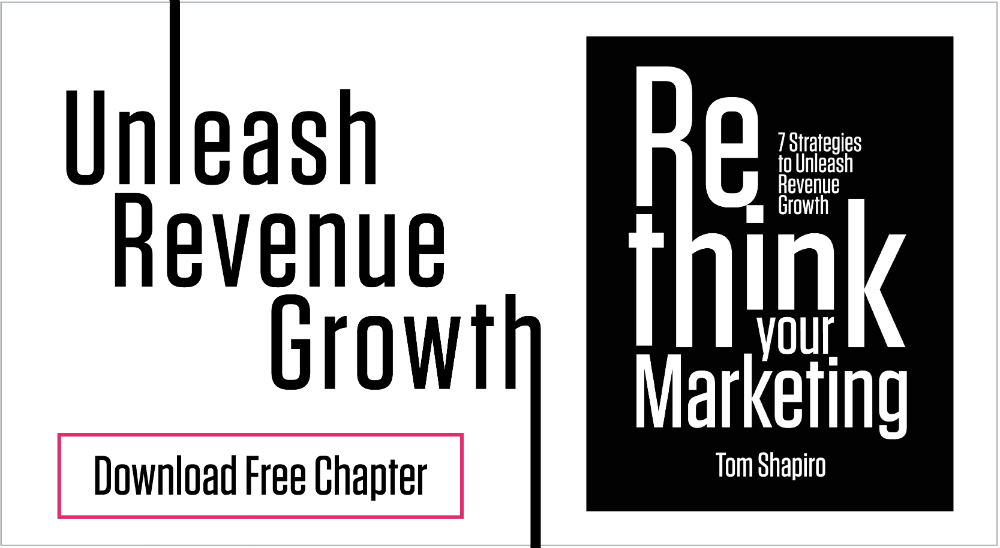The point? Knowing where you want to go is a critical first step in any journey. That’s why goal setting is so important. If you want to drive improvement and optimal performance in your marketing program, it’s critical to set clear, measurable, and time-constrained goals.
A study by BetterWorks, a developer of strategic planning software, found that organizations that use formal goal setting exercises are 3.5X more likely to be in the top tier of financial performers every year. The same research unfortunately found that only seven percent of employees understand their company’s business strategies and what is expected of them to help achieve company goals – not exactly a brilliant formula for success.
Psychology professor Gail Matthews of Dominican University conducted a study that illustrates how goal-setting drives improved performance. A total of 149 entrepreneurs, marketers, managers, vice presidents, and others participated. They were separated into five groups. Group One was asked to only think about their goals. Groups Two through Five were asked to write down their goals. Group Five was also asked to form action commitments, send goals and commitments to friends, and agree to weekly reminders.
After four weeks, participants were asked to rate their progress toward achieving their goals. Group Five achieved significantly more than all the other groups. The difference between non-written goals Group One and the other four groups was significant. The mean average of the non-written group was 4.28 goals achieved while the average for the other four groups combined was 6.44 – 50 percent higher achievement rate for the written goals groups. Group Five came in at 7.6 goals achieved, 78 percent higher than the group that didn’t write down their goals.
That’s the power of effective goal setting. If you are going to improve your marketing results, starting with clear, specific, documented goals is essential. Without them, you’ll waste time, energy, and resources.
A 35-Year Study
Experimental psychologist Thomas Ryan was an early advocate of goal setting theory who in 1970 advanced the premise that goals affect action. Professor Edwin A. Locke at the Robert H. Smith School of Business at the University of Maryland and Gary P. Latham at the University of Toronto’s Rotman School of Management built on Ryan’s work and found a positive, linear relationship that the most difficult goals produced the highest levels of effort and performance.
In Building a Practically Useful Theory of Goal Setting and Task Motivation – A 35-Year Odyssey, Locke and Latham summarize 35 years of research into goal setting. Locke and Latham identify the following ways that goals affect performance.
1. Goals Provide Direction
Goals direct attention and effort toward goal-relevant activities and away from distractions – both in thought and action. One study revealed that people who were provided feedback on multiple aspects of the performance on an automobile driving task improved their performance in the areas for which they had goals and not in other areas.
2. Goals Fuel Energy
The higher the goal, the greater the effort expended to reach it. If you aim low, your team will make less of an effort and you’ll achieve less. With this in mind, you should think big. Be bold. Be fearless. If you want your business to grow 10X, ambitious marketing goals will help to drive you there.
3. Goals Drive Persistence
When faced with a difficult goal, participants who are allowed to control their time work on it longer. People crave a feeling of purpose and achievement in their work. By establishing clear but challenging marketing goals for your team, you’ll see a heightened commitment to reaching the finish line successfully.
In Building a Practically Useful Theory of Goal Setting and Task Motivation – A 35-Year Odyssey, Locke and Latham stress the importance of specificity as critical to goal achievement. Specific goals reduce the number of acceptable performance levels. Their conclusion is that when performance is controllable, goal specificity “reduces variation in performance by reducing ambiguity about was is to be attained.”
In other words, goals such as “to increase revenue” or “to modernize our website” or “to double our customer base” are too vague to have an impact on your marketing results. For example, merely stating that you want “to increase revenue” leaves it entirely unclear if you would be satisfied with a one percent, 10 percent, 100 percent, or 1,000 percent increase. Within what timeframe? If you have a mix of products or services, what’s the priority to maximize sales of your most profitable ones? Same with a goal “to double our customer base.” Within what timeframe? For which geographies? What if certain types of customers are more profitable than others? Are you looking to double customers secured through your website, or through direct sales? What if certain types of customers are strong advocates and help you to attract additional, new customers? Being more specific with your goals will help your team to focus on what truly moves the needle for your business.
Identifying goals is one of the most powerful – and important – things a marketing team can do to drive growth. Goals compel action. Goals become action.
When was the last time you reviewed, revised, and refined your goals?
Want to learn about the science of goal achievement in fueling greater marketing success? Buy my book Rethink Your Marketing, in which I devote an entire chapter to goal setting, management, and achievement.




